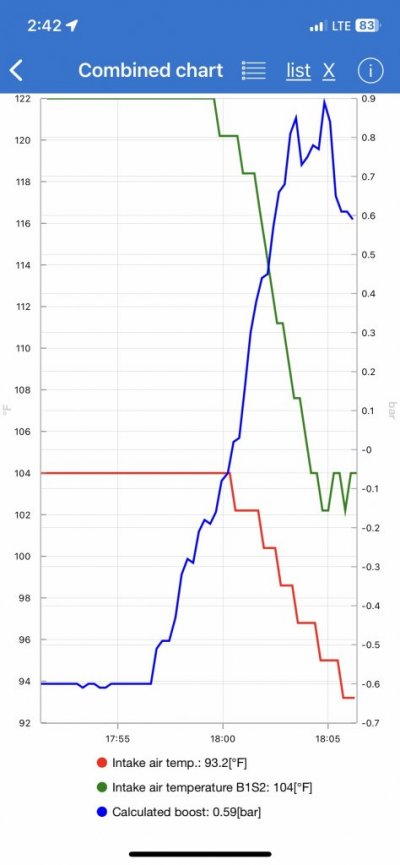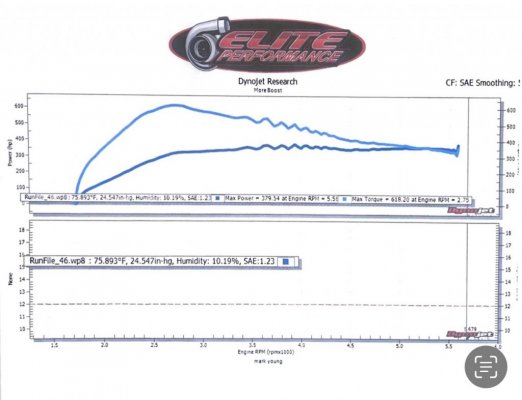42pilot
Member
@JasonH - thanks for the Edmunds link. Even though they address the what I think is the radiator louvers, the IC probably applies. And the total frontage the IC represents is probably 120 sq in or so and they are looking for that as an aerodynamic advantage vs cool air charge? Wow. So I am trashing those first regardless what or if I buy.
And thanks for manual info. As a pilot, I am intimately acquainted with density altitudes and performance at altitude. But I would have been wrong on what you pointed out for the expedition.
@5280tunage - I think a new IC will probably make sense, but I hate throwing big money that yields little to no advantage. Not to mention adding parts that weren’t exactly designed for the application. For example, I used 1 1/2 in primaries on my flat six turbo header using a GT35 turbo. This created a full bar of boost at 2800 rpm. But allowed it to efficiently provide boost past 6000 rpm. But the popular thought was a bigger pipe is better because more air flow. In reality it fell on its face and took well over 4000 rpm to spool. And the other popular thought, aftermarket dealers know more than the collective knowledge of the Ecoboost engineers. Ah, no.
We looked at water methanol injection for more power but the weight gain for the water tank, and the volume of water needed to cool during a track day was significant. So, we decided to go for bigger more effective brakes, coupled with tires that provided a larger contact patch. The result was, we could stay on power longer into turns than to big HP did, and could out-brake our competitors. I had 6 piston calipers (996) on all four corners. Anyway, I try to look at all angles and get data before I spend money. I’ve spent far too much my net over the years chasing performance based on an internet theory.
And thanks for manual info. As a pilot, I am intimately acquainted with density altitudes and performance at altitude. But I would have been wrong on what you pointed out for the expedition.
@5280tunage - I think a new IC will probably make sense, but I hate throwing big money that yields little to no advantage. Not to mention adding parts that weren’t exactly designed for the application. For example, I used 1 1/2 in primaries on my flat six turbo header using a GT35 turbo. This created a full bar of boost at 2800 rpm. But allowed it to efficiently provide boost past 6000 rpm. But the popular thought was a bigger pipe is better because more air flow. In reality it fell on its face and took well over 4000 rpm to spool. And the other popular thought, aftermarket dealers know more than the collective knowledge of the Ecoboost engineers. Ah, no.
We looked at water methanol injection for more power but the weight gain for the water tank, and the volume of water needed to cool during a track day was significant. So, we decided to go for bigger more effective brakes, coupled with tires that provided a larger contact patch. The result was, we could stay on power longer into turns than to big HP did, and could out-brake our competitors. I had 6 piston calipers (996) on all four corners. Anyway, I try to look at all angles and get data before I spend money. I’ve spent far too much my net over the years chasing performance based on an internet theory.



